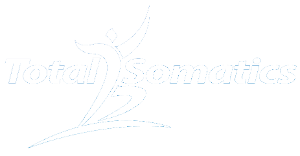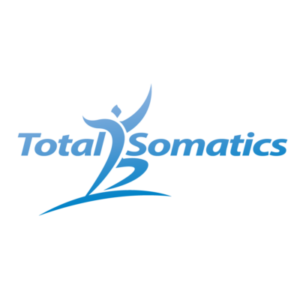How do we reverse habitually tight muscles which cause pain and limited range of movement without stretching? It appears to be heavily promoted as the answer to creating a better result for our musculoskeletal health? But is it? Consider these two experts in the field of Musculoskeletal health.
Video transcript from Dr. Steve Gangemi
“The other thing a lot of people like to do when they injure an area… is to stretch the area. When you injure muscles, when you injure tendons, they elongate, though, and they need to be held back together. They need to join those muscle fibers, fascia and connective tissue back together. Those muscle fibers, these little areas, muscle fibers called sarcomeres, need to join back together to heal up, and if you’re chronically stretching an area to try and get more range of motion in there because you feel like you need to break up some adhesions and stuff like that, that’s a completely bogus idea. You need to let those muscle fibers line back up and heal back up so you heal a lot faster. I’ve seen all too often that people are chronically stretching areas and they have weakened the muscle fibers, they’ve weakened the tendon where it joins to the bone, so the injured area is not healing because they’re chronically stretching it, and they’re chronically re-injuring and preventing the area from healing up. So compress, don’t stretch.”
(http://sock-doc.com/stretching-dangers/).
“The old presumption that holding a stretch for 20 to 30 seconds — known as static stretching — primes muscles for a workout is dead wrong. It actually weakens them. In a recent study conducted at the University of Nevada, Las Vegas, athletes generated less force from their leg muscles after static stretching than they did after not stretching at all. Other studies have found that stretching decreases muscle strength by as much as 30 percent. Also, stretching one leg’s muscles can reduce strength in the other leg as well, probably because the central nervous system rebels against the movements.
“There is a neuromuscular inhibitory response to static stretching,” says Malachy McHugh, the director of research at the Nicholas Institute of Sports Medicine and Athletic Trauma at Lenox Hill Hospital in New York City. “The straining muscle becomes less responsive and stays weakened for up to 30 minutes after stretching.””
Duane Knudson, Professor of Kinesiology, California state University, Chico. (http://www.nytimes.com/2008/11/02/sports/playmagazine/112pewarm.html).
So how can we release muscle tension without stretching?
In my last blog I discussed Sensory Motor Amnesia (SMA). Simply put, SMA occurs due to habitual behaviours such as sitting for hours over a keyboard at work or carrying a child on one hip. The brain (which controls all muscle coordination and contraction) has gone into “autopilot” and kept these dominant muscles in a fixed contracted state.
Somatic Education helps you to consciously regain control of your muscles so they will contract and relax when they are required. Thomas Hanna (PhD) the creator of the modality Somatics, coined the term PANDICULATION. A qualified Somatics Educator or Clinical Somatics Practitioner in the field of Thomas Hanna will teach you how to pandiculate your muscles to release long held muscle tension. Developing muscle tension leads to pain, poor posture, joint issues, gastrointestinal complaints, anxiety and poor mobility.
What is involved with pandiculation? A Somatics educator or practitioner trained in the field of Thomas Hanna will teach clients to re set their muscle length and improve motor function by pandiculating; which is active lengthening from a contraction of certain muscle groups. Pandiculation stimulates the brain to release chronically tight muscles. This allows the brain to take back conscious or voluntary control on what had previous been involuntarily tight muscles.
The three phases of pandiculation are: A contraction - This is slightly stronger than the existing tight contraction. This sends sensory information to the brain, so that it feels the muscles again. After all the brain has developed a level of amnesia and forgotten how to consciously control muscular movement patterns from this area. So the contraction has to be strong enough for the brain to sense it.
A slow release - This part of the sequence requires a great deal of mindfulness. The slower the release, the greater impact this has on the brain. The release is where your brain notices the details of the movement and that the muscle can consciously or voluntarily relax.
Complete relaxation - This phase is when all the information floods the brain and allows for integration of both sensation and any changes.
Somatics involves “cortical learning” to change the old habitual behaviours we have developed from our subconscious actions. When we pandiculate, we are firing regions of the cortex, the seat of learning to create improved movement patterns. This changes the way muscle groups work. They become more efficient and effective in their behaviour by switching on and off at the appropriate time.
To learn more about somatics and how it differs from stretching, check out my 37 minute webinar: https://www.youtube.com/watch?v=DZVcvvFWa8w
The webinar comprises of a 10 minute introduction, followed by a 20 minute guided somatic movement session. The webinar finishes with additional information regarding somatics. Enjoy xx
Learn Somatic education in the comfort of your own home with the Total Somatics Online program.
www.TotalSomatics.com











Leave a Reply